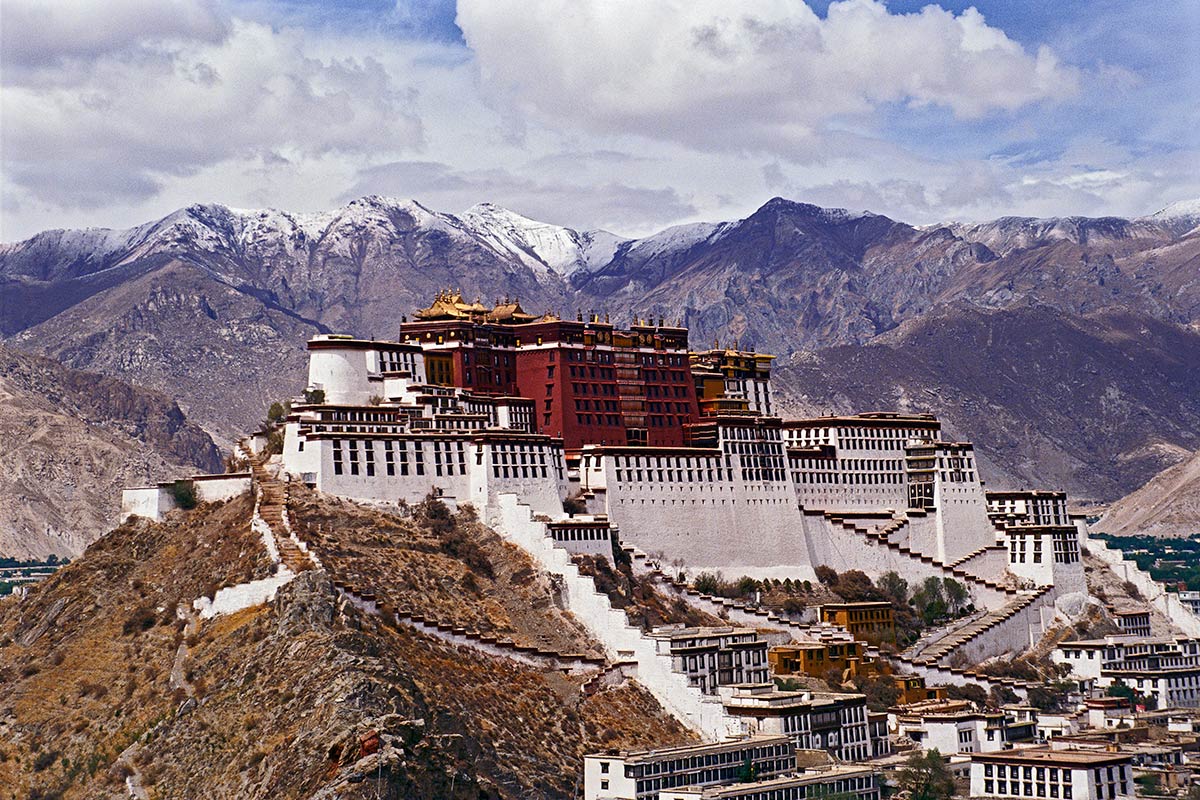Conclusion
Stakna Monastery is not just a place of worship; it is a testament to the enduring spiritual heritage of Ladakh’s high-altitude borderlands.
Situated on the left bank of the Indus River, approximately 25 kilometers southeast of Leh, Stakna Monastery was established in the late 16th century by the Bhutanese scholar and saint Chosje Jamyang Palkar. Affiliated with the Drugpa sect of Tibetan Buddhism, it stands as the only Bhutanese Drukpa Kagyu monastery in Ladakh, distinguishing it from other Drukpa institutions in the region. The monastery’s name, “Stakna,” meaning “tiger’s nose,” derives from the hill’s shape on which it is perched. Among its revered artifacts is a sacred Arya Avalokitesvara statue, believed to have originated from Kamrup, Assam. The monastery is home to approximately 30 monks who continue its spiritual traditions.
Perched atop a hill resembling a tiger’s nose, Stakna Monastery offers panoramic views of the Indus Valley and the surrounding Himalayan ranges. Its strategic location not only provides breathtaking vistas but also underscores its historical significance as a spiritual sentinel along the river. The monastery’s architecture, characterized by its whitewashed walls and golden spires, harmoniously blends with the rugged landscape, creating a serene ambiance that invites contemplation.
For devotees, Stakna Monastery provides a sacred space to connect with Buddhist teachings. For historians and art enthusiasts, it offers a glimpse into the region’s rich Buddhist heritage. And for travelers seeking peace, the silence and sanctity of Stakna Monastery speak volumes.
Whether you’re a seeker of faith or beauty, Stakna Monastery promises to touch your soul and stay etched in your Ladakhi memories forever.


